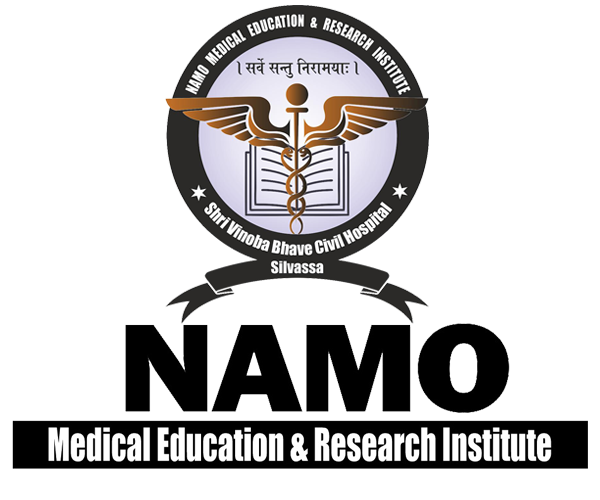- Ascaris lumbricoides – Round Worm
- It is a specimen of Ascaris lumbricoides .
- Agent – Ascaris lumbricoides ( Nematode)
- Distribution of the worm – Worldwide, prevalent in India
- Habitat – Small intestine (Jejunum)
- Largest intestinal nematode
- Morphology of adult worm
- Colour – Light brown or pink when fresh, changes to white
- Shape – Rounded and tapering at both ends, Anterior end is thinner than posterior
- Mouth opens at anterior end and possesses 3 finely toothed lips
- Pathogenecity:
- Due to adult:
- About 80% infections are asymptomatic
- Mild infection-intestinal disorder, malnutrition,+/- abdominal pain
- Due to migrating larva:
- Loeffler’s syndrome
- Allergic reaction
- Due to adult:
2.Hydatid cyst
- Hydatid disease is a parasitic infestation by a tapeworm of the genus Echinococcus.
- Hydatid cyst It is a fluid-filled bladder-like cyst, unilocular, subspherical in shape and average size measure up to 5-8 cm.
- Cyst wall consists of three layers: outer pericyst (host derived), middle ectocyst and inner endocyst
- Brood capsule: The inner side of the endocyst gives rise to brood capsule, and also secretes the hydatid fluid. The brood capsule contains number of protoscolices (futurehead)
- Hydatid fluid: It is clear, pale yellow colored fluid, which is antigenic, toxic and anaphylactic
- Hydatid sand: Some of the brood capsules and protoscolices break off and get deposited at the bottom as hydatid sand
- Fate: The hydatid cyst may undergo-(1) spontaneous res olution, or (ii) rupture of the cyst, which may lead to either formation of secondary cysts (carried to other organs) or anaphylactic reaction to the hydatid fluid antigens.
- site: Most common site of the cyst is liver (60-70%, right lobe) or lung (20%), followed by kidney, muscle, spleen,soft tissue, brain, bone and others
laboratory diagnosis
- Hydatid fluid microscopy (direct mount or staining with acid fast staini-detects brood capsules and protoscolices
- Histological examination (H&E-demonstrates cyst wall and attached brood capsules
- Antibody detection ELISA (using 821 antigen), DIGFA (dotimmunogold filtration assay) and western blot
- Imaging methods-X-ray, USG (demonstrates Water lily sign CT scan MRI
- Molecular methods-PCR, PCR-RFLP and molecular typing
Rack Number
QR Image
